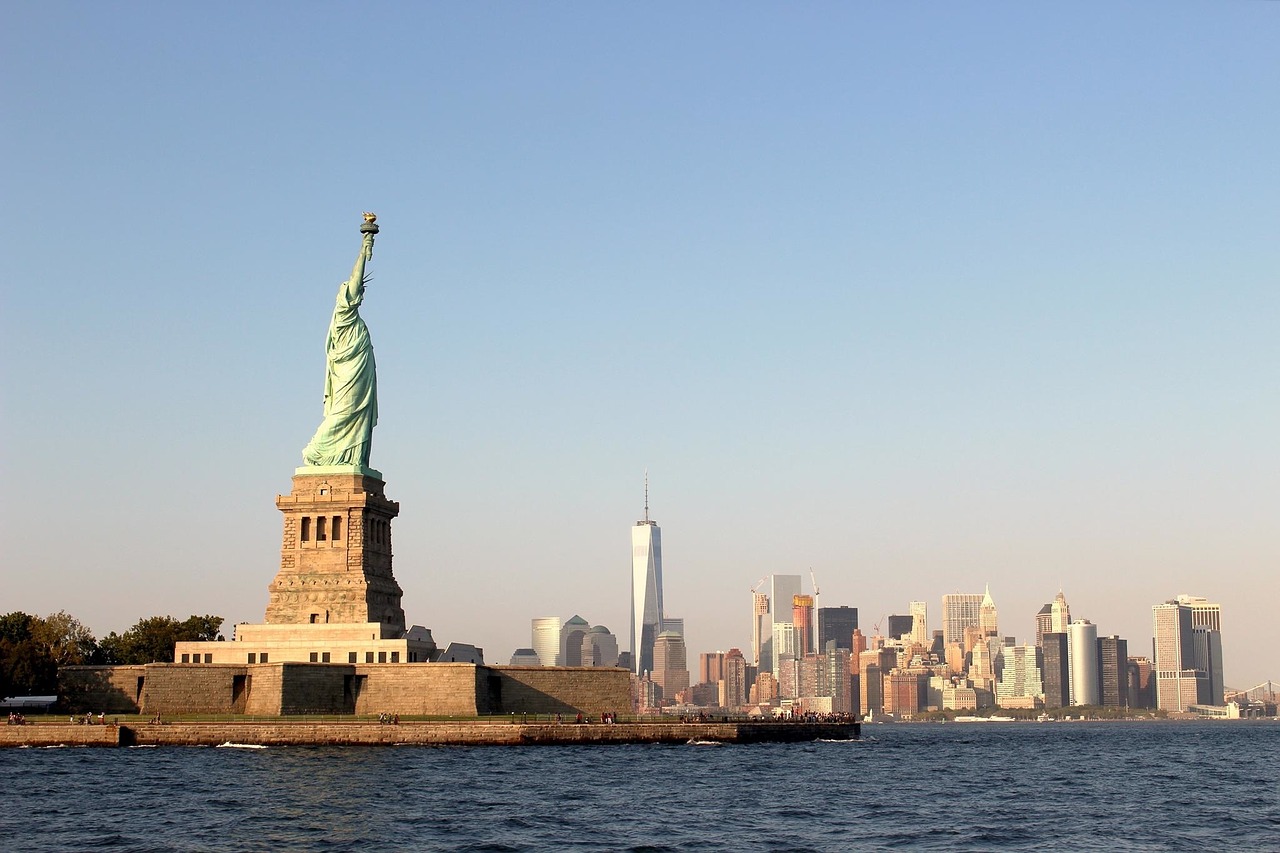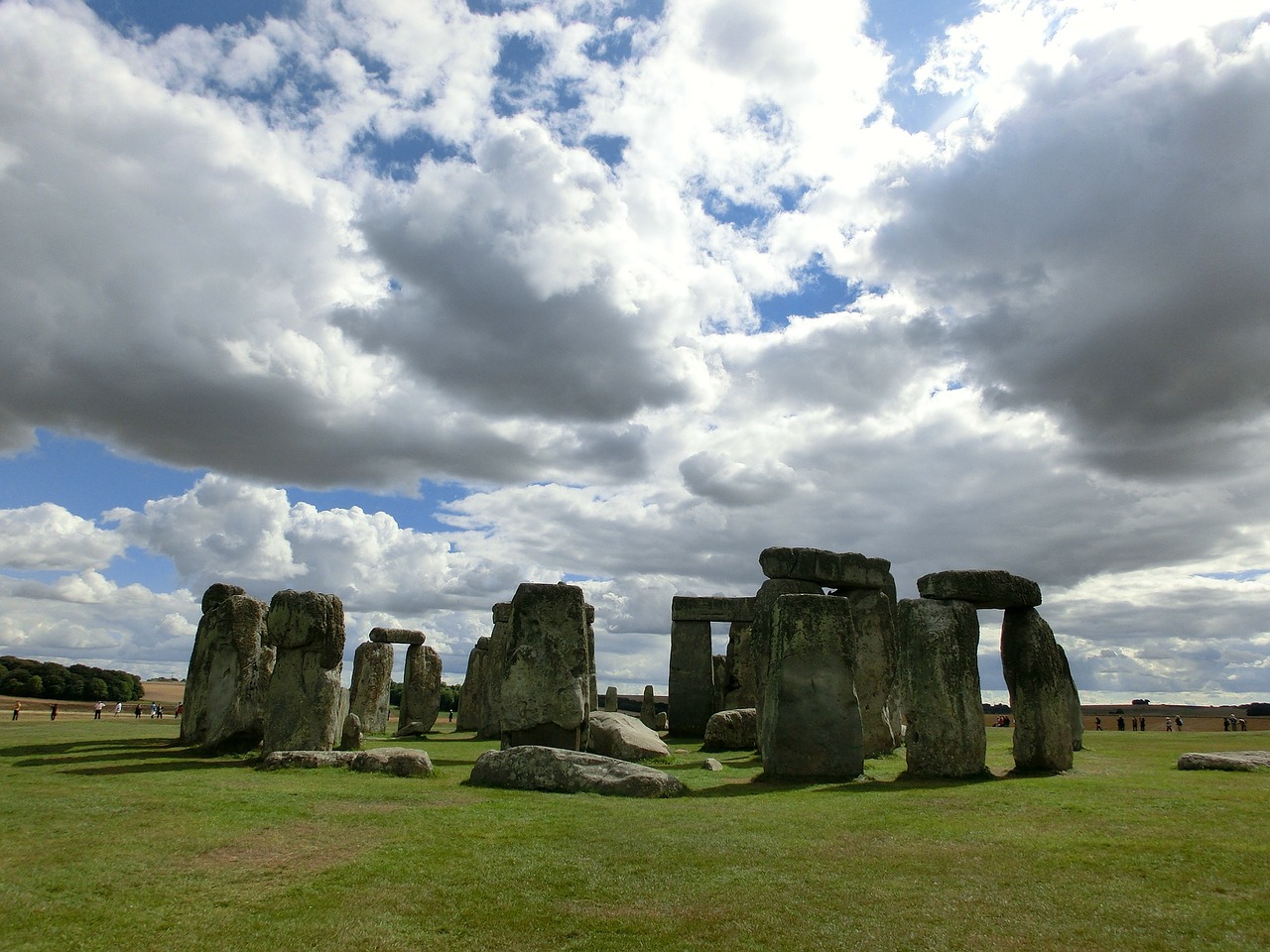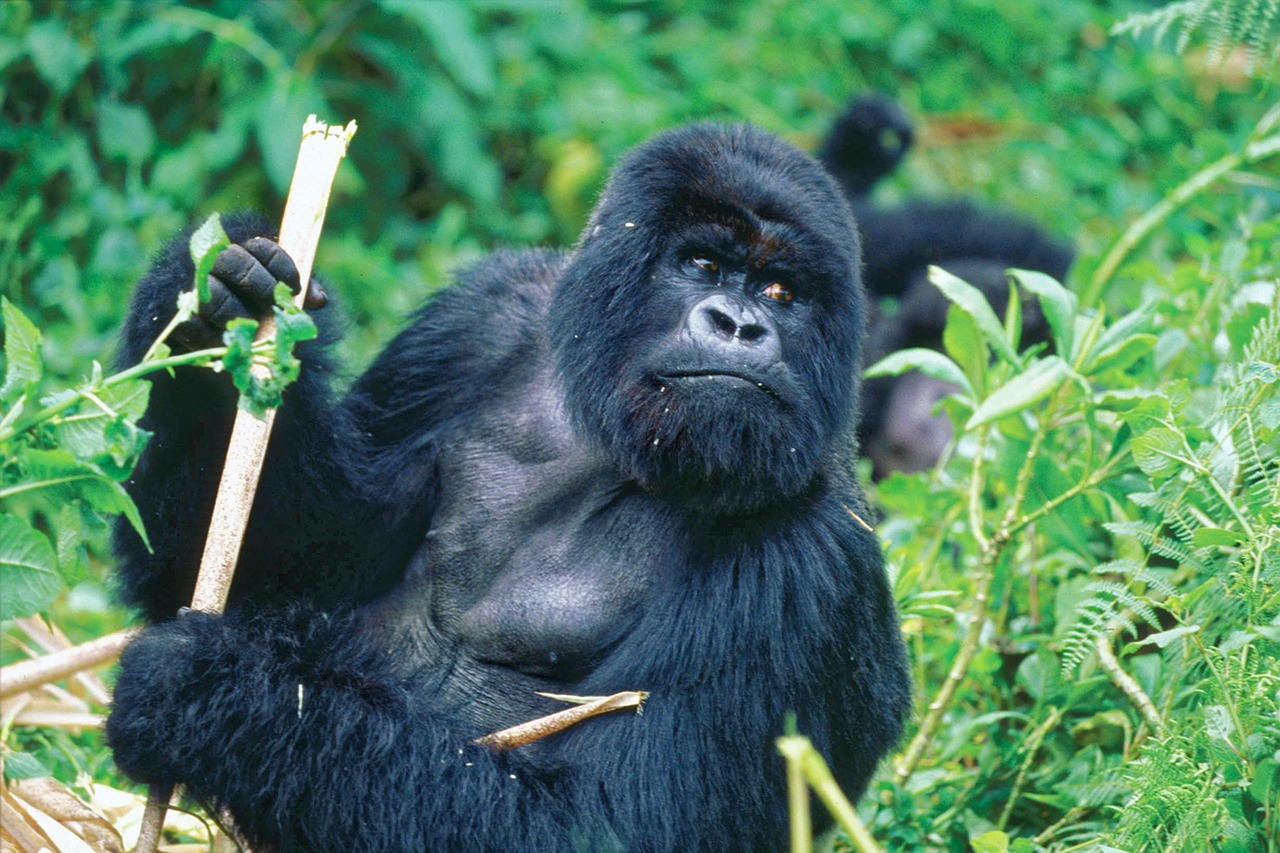
Statue of Liberty and Venice among sites at risk from climate change, says UN
Source: theguardian.com
Climate change now poses the single biggest threat to the world’s most famous heritage sites – including the Galápagos islands, the Statue of Liberty, Easter Island and Venice – according to a UN sponsored report.
The researchers looked at 31 natural and cultural world heritage sites in 29 countries that are vulnerable to increasing temperatures, melting glaciers, rising seas, more intense weather, worsening droughts and longer wildfire seasons. They believe this number is the tip of the iceberg.
There is an urgent and clear need to limit temperature rises to protect key heritage, the study by the Union of Concerned Scientists (UCS), the UN heritage body Unesco and the United Nations Environment Programme (UNEP) concludes.
The Statue of Liberty in New York is one of the sites at risk from rising sea levels and storms, illustrated by the devastating Hurricane Sandy in 2012. Global warming is raising sea levels and increasing the risk of floods, droughts and potentially fiercer storms, all of which can cause severe damage. The Galápagos islands, where Charles Darwin gained insights into evolution, and monuments and natural wonders from the port of Cartagena in Colombia to the Shiretoko national park in Japan, were also named as being under threat.
Other sites that bring in important tourism revenue could be particularly badly hit, such as Uganda’s Bwindi Impenetrable national park, where rising temperatures could affect the habitat of endangered mountain gorillas.
Skara Brae is the best-preserved Stone Age dwelling complex in western Europe. Photograph: Murdo Macleod for the Guardian
Stonehenge, the 5,000-year-old stone circle whose original purpose remains mysterious, is another of more than 30 major world heritage sites under threat from local flooding linked to global warming.
“Climate change is affecting world heritage sites across the globe,”
said Adam Markham, the lead author of the report. “Some Easter Island statues are at risk of being lost to the sea because of coastal erosion.” He also pointed to coral reefs, which have been bleached owing to higher temperatures, and the threat to wildlife living in the affected areas, as well as tourism, which is an important source of income helping to preserve many of the sites.
Scientists involved in the report said it was vital to limit global warming to no more than 2C, regarded by experts as the limit of safety beyond which climate change is likely to become catastrophic and irreversible. Governments agreed at a landmark climate conference last December that they would cut greenhouse gas emissions to the level needed to prevent temperatures rising that high.
“Now, more than ever, we need countries to back up with action the promises they made in Paris,”
said Markham, in a conference call with journalists on Thursday.
Local economic development in the areas near world heritage sites – which UNESCO is charged with defining and helping to protect – would be damaged if the sites were affected by climate change, said Mechtild Roessler, director of UNESCO’s world heritage centre. That development is essential to protecting the sites, which include areas of natural beauty as well as monuments.
“This is the tip of the iceberg,”
said Roessler. There is a clear need for more monitoring of important sites, according to the scientists, and coral reefs in particular are at a tipping point.
“There is no other threat [than climate change] that affects so many world heritage sites, and has so much potential to cause destruction,”
said Markham. Other authors agreed that the report’s assessment was likely to be an underestimate.
Without strong action, many areas are likely to face huge bills to protect their treasures. A sea defence being built in Venice is likely to end up costing more than $6bn, for instance. Other studies have also found world heritage areas at risk. Last month, the WWF found that half of the world’s most valued sites were at risk from encroaching development.




